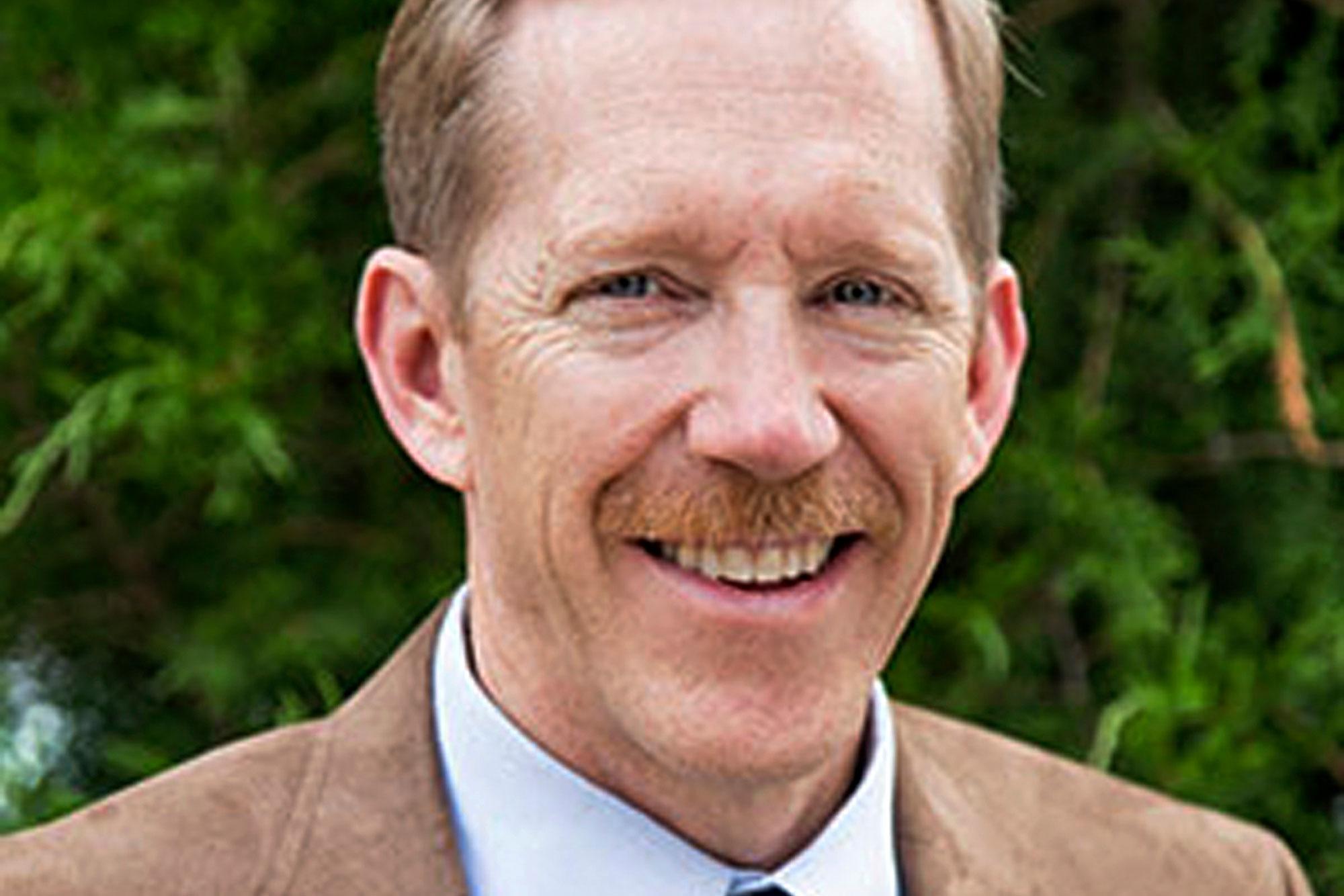

The head of the U.S. Fish and Wildlife Service is stepping down after a 14-month tenure in which the agency proposed broad changes to rules governing protections for thousands of species and pushed for more hunting and fishing on federal lands, officials said Thursday.
Greg Sheehan will leave the agency next week to return to his family and home in Utah, spokesman Gavin Shire said. He led the wildlife service since last June as the senior political official appointed under President Donald Trump in a newly-created deputy director position.
- Interior Tumult: Reassigned Employees Blame Politics, Climate Work
Under his tenure, the wildlife service moved recently to end a longstanding practice that automatically gave the same protections to threatened species as it gives more critically endangered species. The proposal also limits habitat safeguards meant to shield recovering species from harm and would require consideration of the economic impacts of protecting a species.
That’s alarmed wildlife advocates who fear a weakening of the Endangered Species Act, which has been used to save species as diverse as the bald eagle and the American alligator. The proposed changes were cheered by Republican lawmakers and others who say the endangered law has been abused to block economic development and needs reform.
At Interior, we’re ready to bring the Endangered Species Act up to date.@secretaryzinke https://t.co/ACt5SkYVwV
A request to interview Sheehan was declined.
Interior Secretary Ryan Zinke had sought to make Sheehan acting director of the 9,000-employee wildlife service, which would have given him certain legal authorities. However, Sheehan was barred from that role because he did not have the science degree required for the position under federal law, Shire said.
His departure comes amid a spate of vacancies at the Interior Department more than a year-and-a-half after Trump took office. Those include the heads of the Bureau of Land Management, the National Park Service and the assistant secretary for fish, wildlife and parks.
Before coming to the federal government, Sheehan worked for 25 years in Utah’s Division of Wildlife Resources, including five years as its director.
National Wildlife Federation President Collin O’Mara — who considers Sheehan a friend — said during his watch the service had done good work collaborating with state officials and conservation groups. But O’Mara said there needed to be less emphasis on removing regulations and more on making sure wildlife issues are considered, such as during decisions on energy development.
“Given the magnitude of the wildlife crisis, there’s always more that can be done,” O’Mara said.
Another conservation group, the Center for Biological Diversity, had a more critical response, saying Sheehan’s departure was “welcome news for America’s wildlife.”
“In just one year in office, he inflicted incredible harm on imperiled animals by consistently putting special interests ahead of science and the environment,” said Brett Hartl, the group’s government affairs director.
The Interior Department issued a statement saying Sheehan was “an incredible asset to the Interior team and was tremendous in helping Secretary Zinke expand access for hunting and fishing on over a quarter million acres of public lands across the country.”
Deputy Operations Director Jim Kurth will lead the agency pending another appointment, Shire said.









